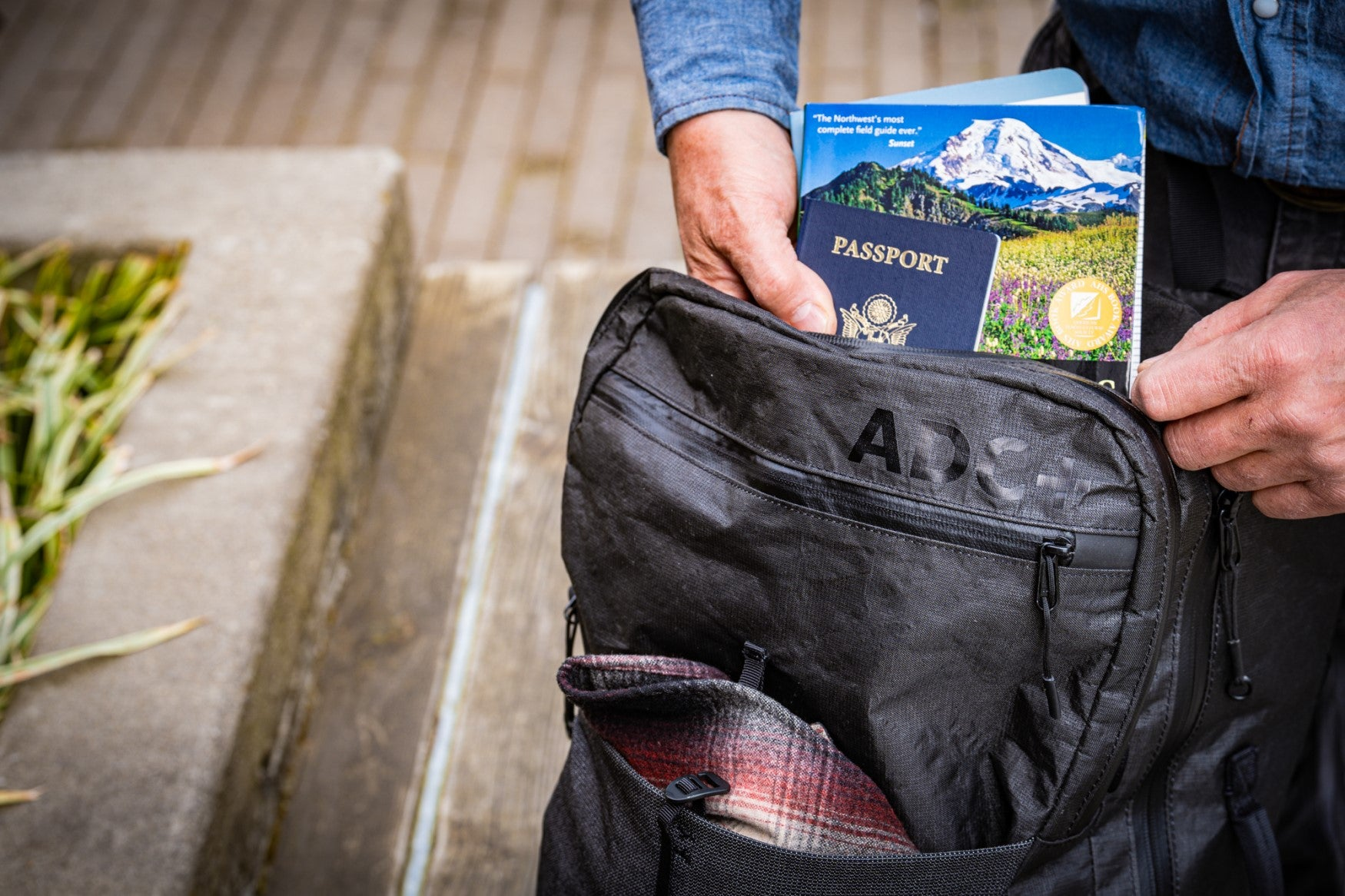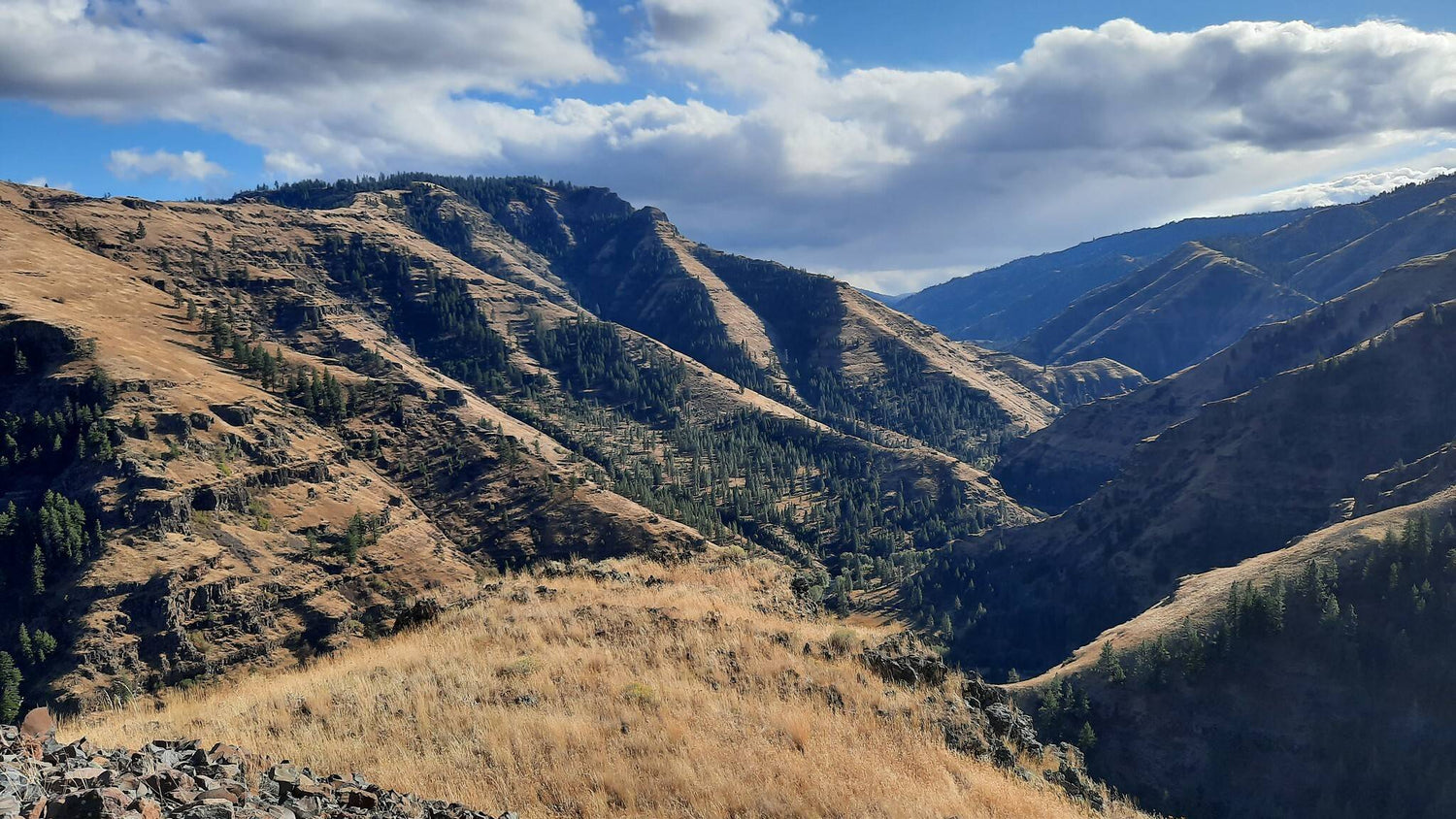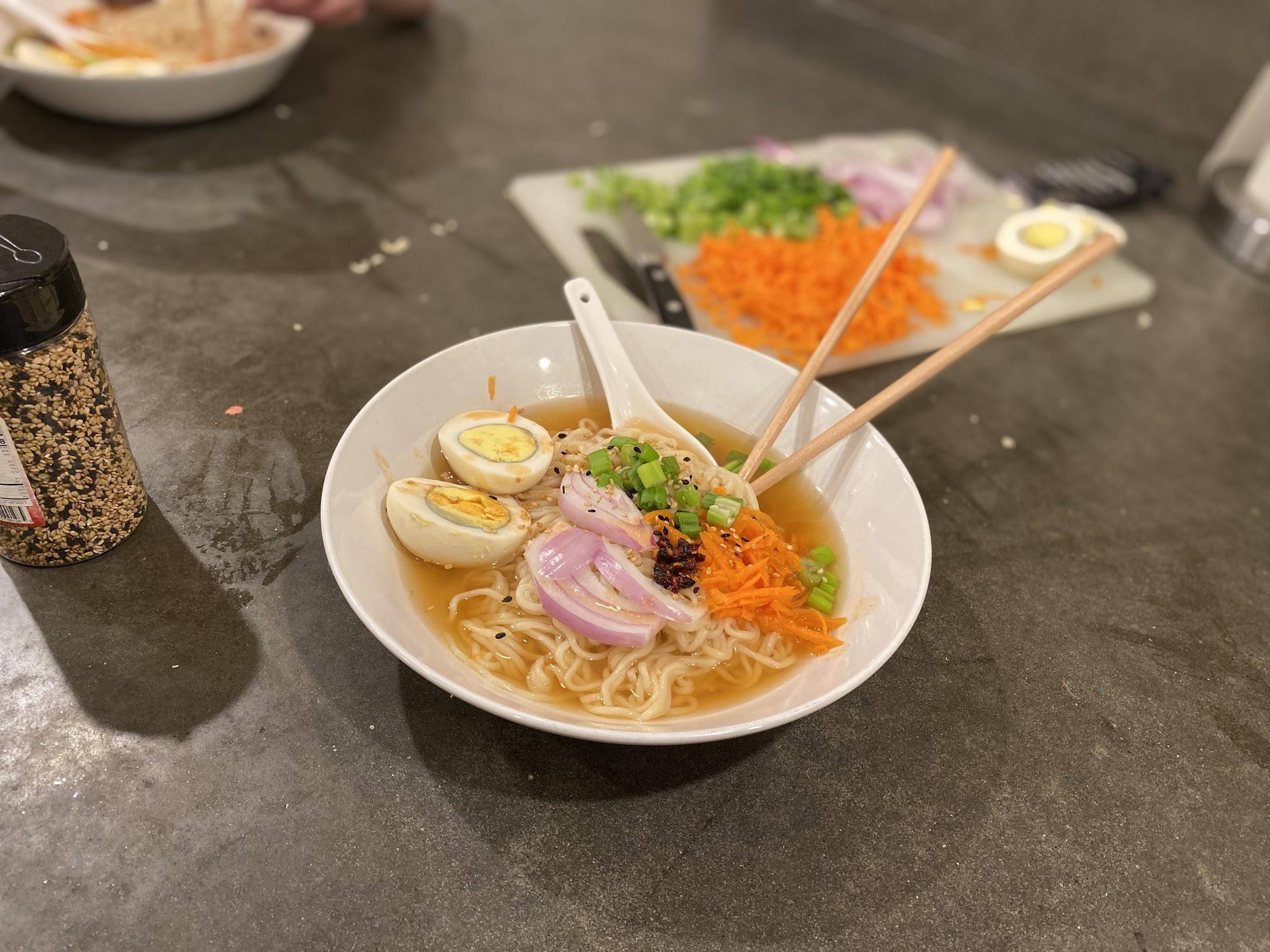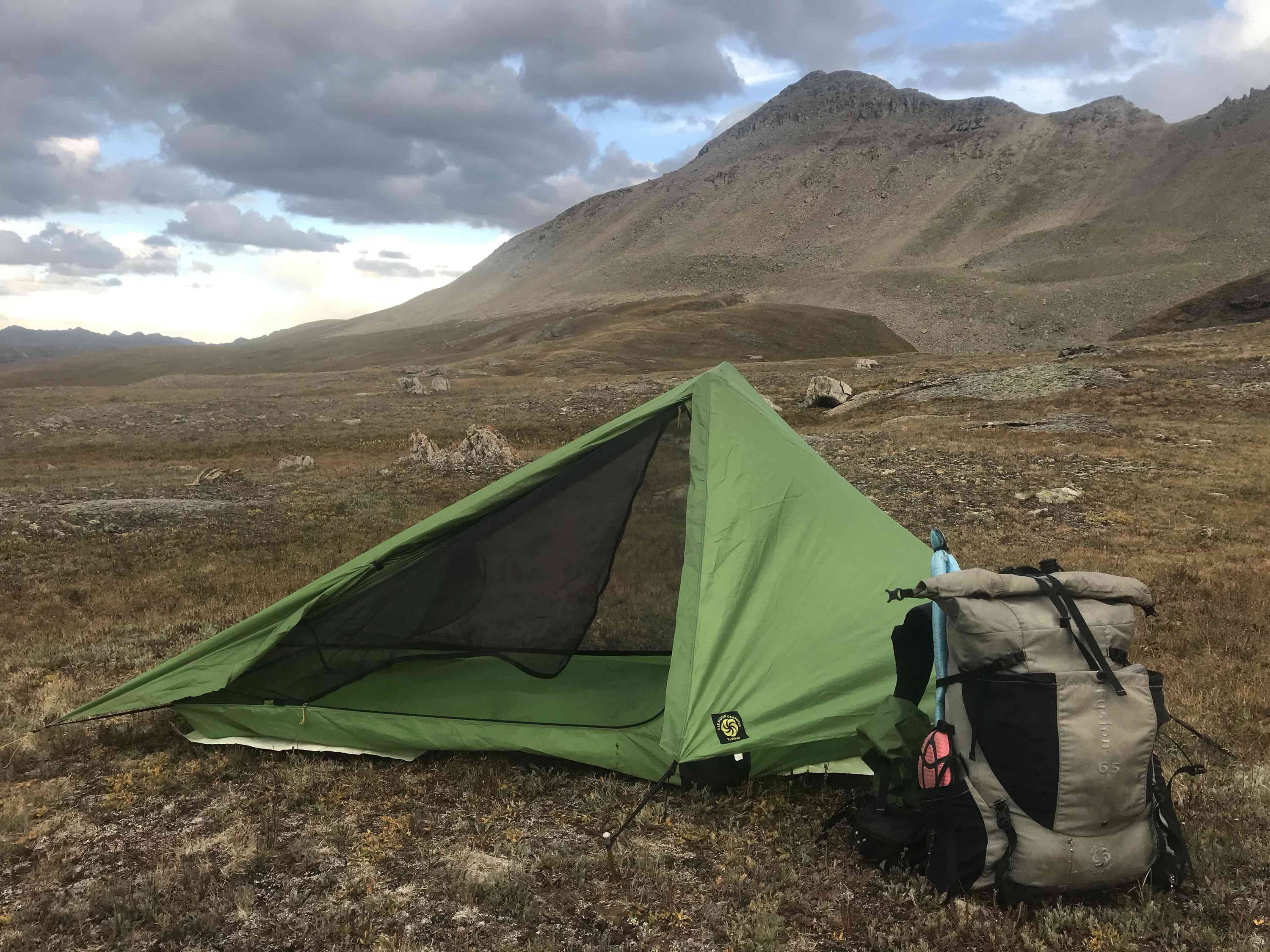Joseph Canyon
The morning was blustery. Rain fell in sheets on my tent as I peeked outside, and I opted to hunker down just a little longer. Today was the day I would drop over 2,000’ into Joseph Canyon, the literal crux of the developing long-distance hike, the Blue Mountains Trail.
I was ground-truthing the 600-mile route in northeastern Oregon this fall, and walking off an unpredictable and traumatic year. The five weeks I spent navigating, strolling, bushwhacking, jaunting, and practically dancing my way through the remote mountain ranges and deep canyons of this corner of the state was going back to the “real world” for me. As thru-hikers come to know first hand on a long hike, what is real are the climbs, the cold springs, the sunsets the color of flowers. The real world is a tangible place and has been real for time immemorial.
A day welcomes me
My very real challenge that morning the rains wouldn’t let up was to touch the creek and canyon that was the birthplace of Cheif Joseph of the Nez Perce tribe, or the Nimiipuu people. A steep cross-country descent down an untested path would be much easier if I waited for the rain to stop and the sun to dry the mud and grasses; mud and grasses which would surely send me sliding down uncontrollably if I tried to hike it too soon. So I waited in my tent...waited for the sun and the wind to tell me it was time to go.
My escape from a global pandemic, from economic uncertainty, social unrest, and political theatrics was to find my rhythm in walking. In walking through a landscape that had been explored on foot for tens of thousands of years. My going back to the “real world” was based in a time frame that we can’t even begin to imagine. I may have been the first solo hiker to walk the proposed Blue Mountains Trail, but I was not the first to walk these canyons. I owe much to those who came before me, those who called these places home. And I wonder, can I call these places home?
To thru-hike is to know a place intimately, to know many places intimately. Experiencing the landscape at a three-mile an hour pace is to absorb the folds and tucks of a mountain ridge, to feel the change in air patterns as you drop into a drainage that flows through eons of rock and shifting fault lines. When I’m hiking, I feel like I am home, and for most of humanity, this was literally home. We lived so close to the trees and wildlife that we viewed them as family, and I am starting to as well.
A rare non-selfie on the Blue Mountains Trail
Thru-hiking opened my mind and body to the rhythms of the seasons and patterns of the landscape, and when I read indigenous author Robin Wall Kimmerer’s book Braiding Sweetgrass, I started to truly understand what I was already coming to know: that I could call these landscapes home. That the way forward through and out of our current modern-day traumas hinged on learning how to exist and thrive in these places. My ancestors did not live in Joseph Canyon, were not chased by the US Army over 1,000 miles from their birthplace in the Wallowa Mountains, but I am comforted by the sun, nurtured by the rains, and soothed by the trees in the Nimiipuu homelands.
I recently listed to a talk Robin gave, and she echoed words from an elder who told her that many descendants of colonizers seem to act like they "still have one foot on the boat. 'They're acting like they're not really here. That they're just going be here and to take what they can get and go somewhere else.' Well, there isn't any 'somewhere else' anymore." To become "native to place," she explained, is "to live as if your ancestors were from here and live as if your grandchildren are going to grow up here."
The mindset of many who followed the false narrative of manifest destiny was an extractive one. The westward expansion was fueled by a desire to “tame” the wild places, the wild beasts, and the people who had lived in the wild longer than western civilization had existed. The mindset of many was to view the land as a resource to be used and profited from.
Thru-hiking has helped me understand these truths and look beyond them. I understood when I walked through a clear-cut, then walked through a lush and diverse stand of old-growth trees. I understood when I walk above the dammed Snake River and then along the free-flowing John Day River. Thru-hiking has helped me become native to place, not just along the Blue Mountains Trail, but to all the places I’ve hiked through over the past 20 years.
The Appalachian Mountains were teachers of persistence as I labored up the roots and rocks of the 480-million old range that had once towered to heights rivaling the Rockies and Alps. The sky islands of the Arizona Trail taught me resilience as I marveled at the biological refugias interspersed between vast tracts of desert. The extensive playas and sagebrush sea of the Oregon Desert Trail taught me humility as I placed myself in time with the oldest (known) evidence of human habitation in North America. These places are home, and to know that is to have a relationship with the land.
The Nez Perce National Historic Trail traces the flight of the Nez Perce from their homelands while pursued by U.S. Army in 1877
I get so much from spending weeks and months of my life walking and sleeping on the earth. What am I giving back? I start with gratitude. I thank the sun for warming me, and the springs for their cold water. I talk to the deer and elk, and even the rattlesnake and bear. I try not to face any part of nature with fear, but with humility and an open heart. We are not pitting ourselves against nature. That paradigm does not help us find a way through an environment practically poisoned by our antics of the past few hundred years, but we are a part of nature. We are supported by these very same living ecosystems that we have been extracting “resources” from to live in our walls and drive our cars.
We thru-hikers have something to teach and something to learn. We can teach others how to see these lands as home, and how to treat these lands as family. We can learn from the land when it’s an appropriate time to hike 2,000’ down into that canyon, and how to coexist within a network of life. We may not have grandparents and great grandparents that slept in these canyons and caves, but we can be native to place. We can help the world see what Robin Wall Kimmerer so eloquently teaches: reciprocity. And we can continue to learn from those who have lived here since time immemorial.
To thru-hike is to learn what home is, again.
Photos and words by Renee "She-ra" Patrick, Oregon Desert Trail Coordinator











Leave a comment
This site is protected by hCaptcha and the hCaptcha Privacy Policy and Terms of Service apply.